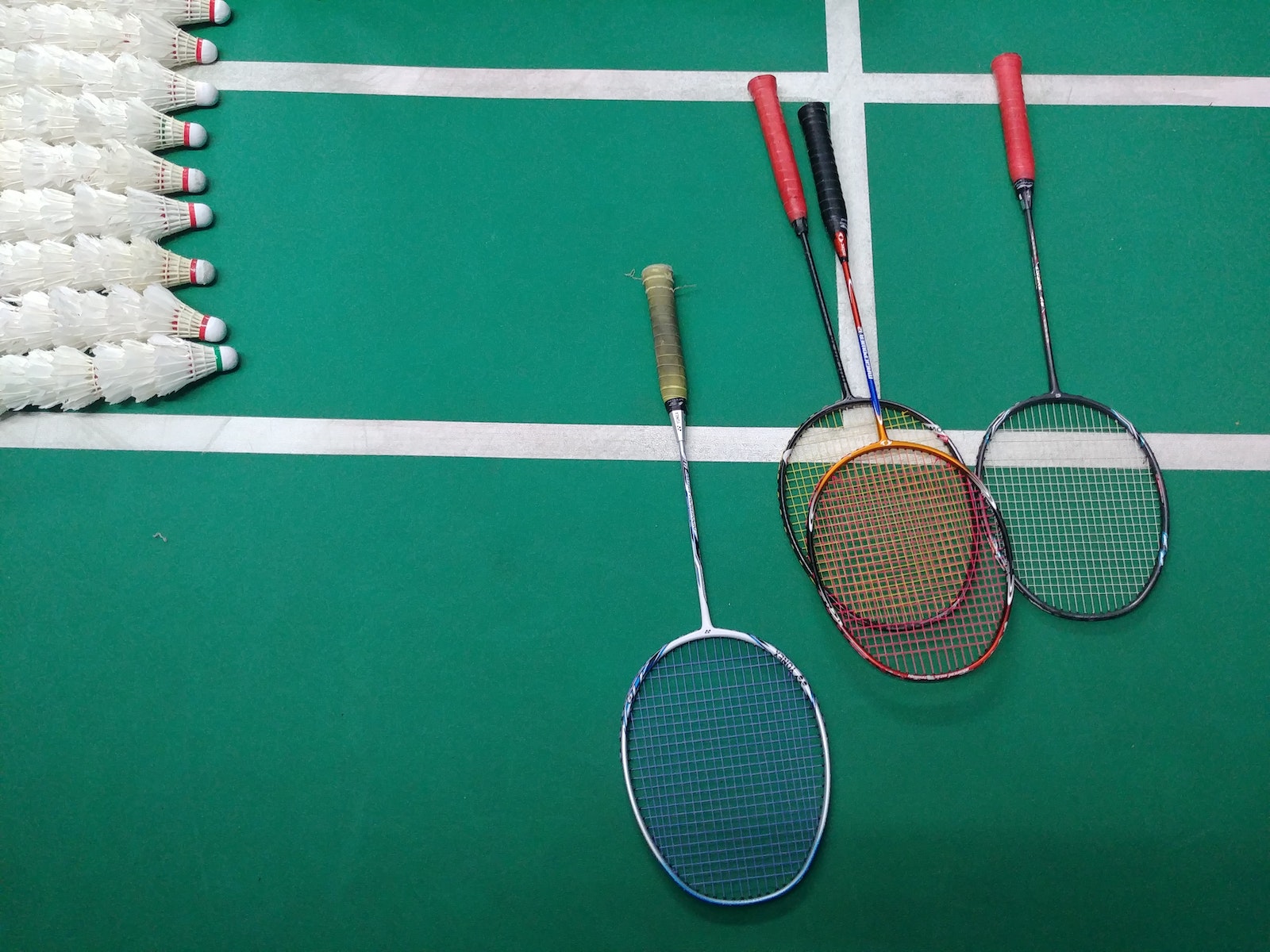Badminton is like ballet dancing, it requires a lot of control, strength, and measured movement. To play a good game of singles, you must be quick on your feet and think fast. To win a rally in singles, one must be very strategic in the way they place their shorts. Accuracy and good judgment go hand in hand in the game of singles. Badminton tactics for singles one can follow to win the rally in badminton are as follows. If you are interested in Cricket also pl check my site http://sportsmeridian.com/7-best-cricket-strategies-to-improve-cricket/
Table of Contents
1)Return to central position(Badminton tactics for singles)-
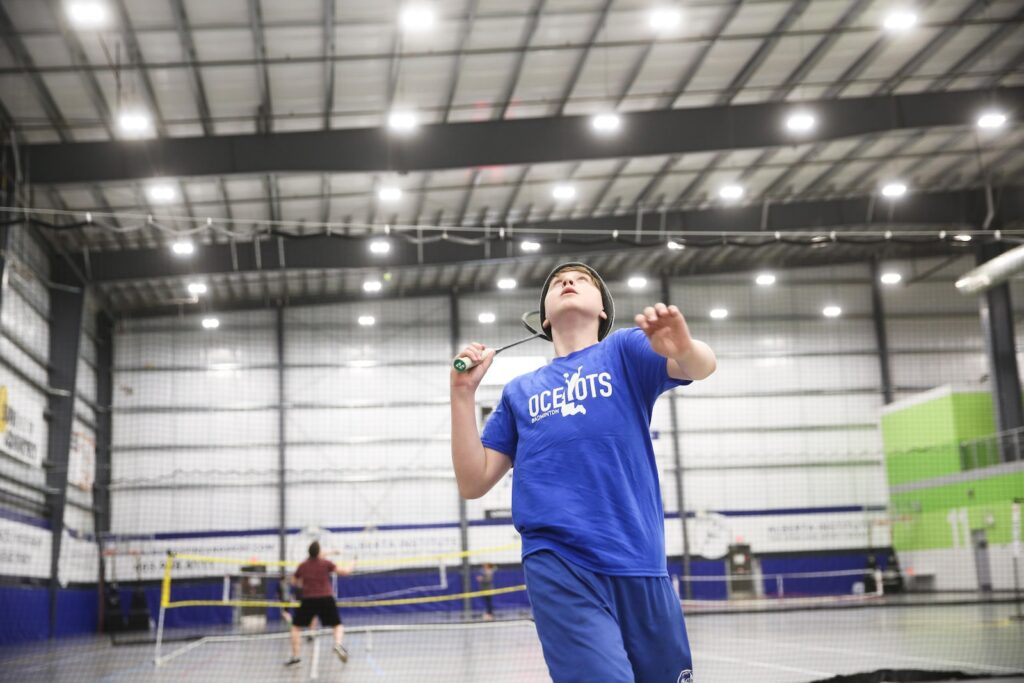
In badminton Single you must return to center after hitting any short to your opponents because by recovering to central position you can play defensive short by any corner from the front, back, left, or right, it is easy for you to attach to your opponents to any corner and play your best shot.
If you can’t return to a central position, a competent opponent will usually be able to place the shuttlecock in any part of the court. If you are too far away from the center, then you create a huge gap. Your opponent will place the shuttlecock into that gap, and you won’t be able to reach it.
2) Hitting towards corners( Badminton tactics for singles)-
Hitting toward the corners makes your opponent cover the most distance, and covers them away from their central base. This is simple geometry, Suppose your opponent is standing in the exact center of the court, and you play a lift, you can choose to play the lift towards the middle, line, or corner.
-3.32m if you lift to the middle
-4.23 m if you lift to a corner( so the distance to the corner is 26% farther than the distance to the middle line.)
This is an alternative way of understanding the four-corner strategy. Your opponent tries to remain near the center so that he or she can cover the whole court, and you always try to force him to move toward the corner. This creates open spaces in his court, where you can hit the shuttlecock.
Of course, your opponent will try to recover to an ideal base position after every shot, by moving back toward the center. Your job is to challenge his recovery and keep moving him from corner to corner until eventually, he fails to make an adequate recovery. Once he falls out of position, you have a good chance of winning the rally.
3)Hitting to the middle (Badminton tactics for singles)-
Playing to the middle is a wise decision when you feel the rally has turned against you. A high lift to the middle neutralizes most of your opponent’s advantages and allows you to recover. Because the shuttlecock is in the middle, your opponent’s shot angles are less dangerous. Playing your shots to the middle is a purely defensive approach ( apart from smashes and net kills).
In badminton, attacking the center refers to directing offensive shots towards the middle of the court, aiming to create pressure and openings for subsequent smashes. Directing attacks to the center places immense pressure on opponents, disrupting their positioning and forcing quick responses.
4)Building Shots(Badminton Tactics For Singles)-
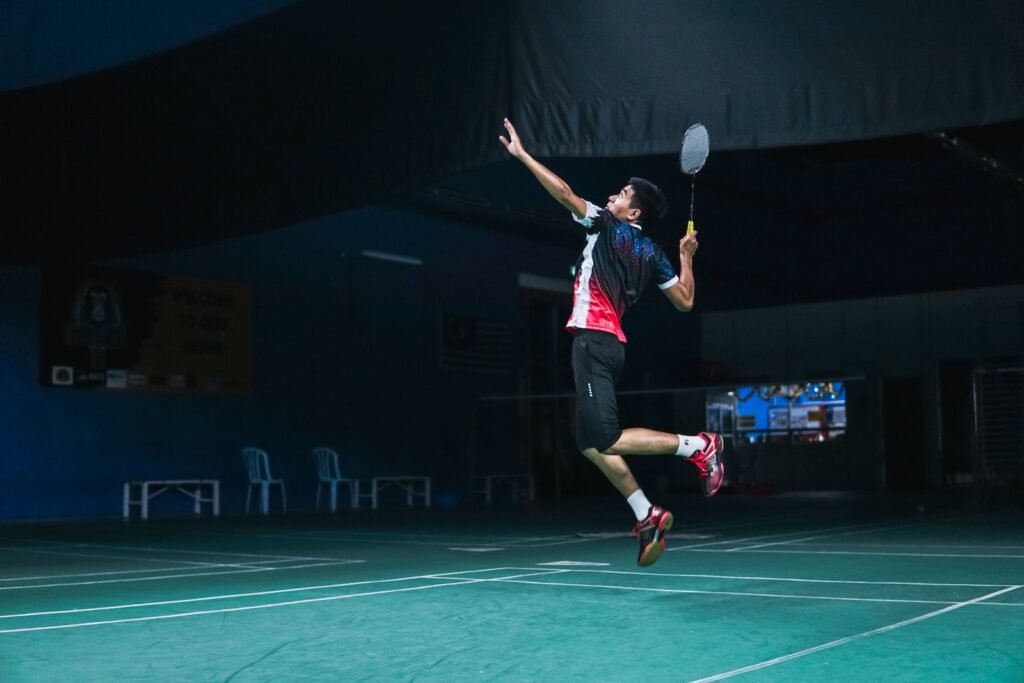
A Building shot is any shot played to create opportunities to win the rally. You are building the foundations of an attack. If your opponent gains an advantage first, then you should usually play to neutralize his advantage. Again, you are choosing building shots rather than winning shots: You are trying to improve your situation, from bad to neutral. You must see these as defensive-building shots and not just defensive shots: Your purpose is to build a situation where you can win, not just to return your opponent’s shots. Once your opponent’s recovery is compromised, you can play to compromise it further. Continue hitting the four corners, trying to choose shots that your opponent will find difficult to reach. You are in control of the rally because your opponent has failed to reach a good base position; maintain this control and force your opponent farther and farther out of position.
5)Using Clear To Create An Advantage-
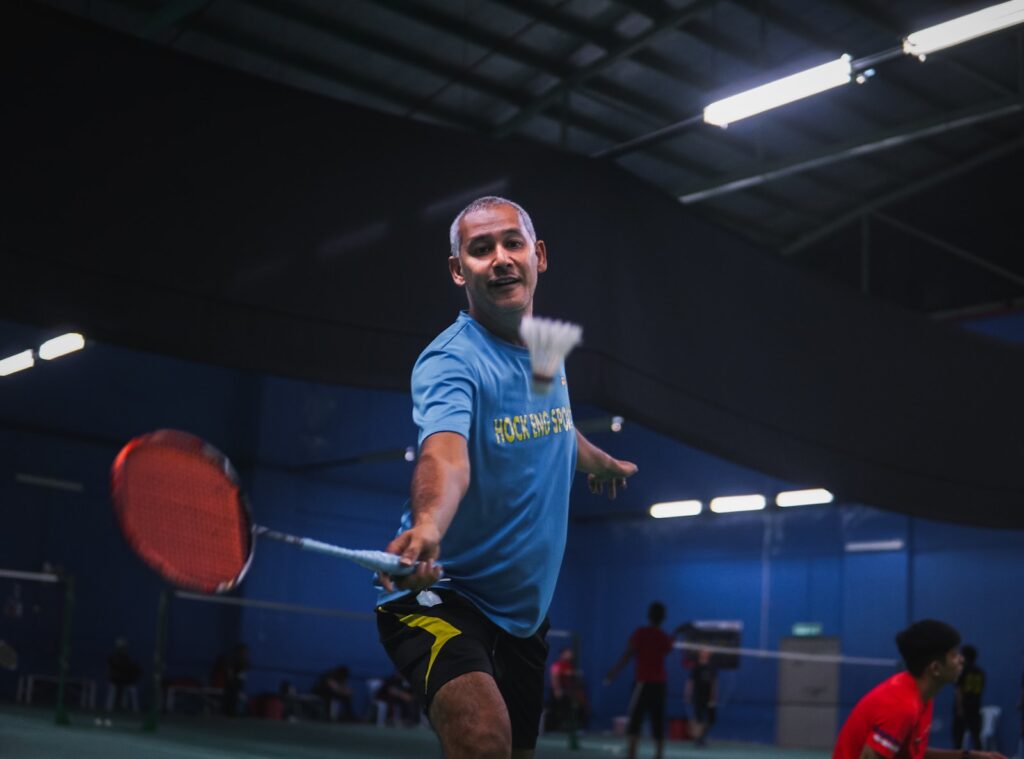
Clears are an essential tool for moving your opponent away from their central base, establishing pressure in the rear court, and opening up the forecourt and opposite side for potential attacking shots. Clear are of 6 types- 1) Standard clear 2) Defensive clears 3) Attacking clears 4) straight Clear 5) Cross-court clears 6) Clears to your opponent’s backhand
6) Winning shot-
When you have gained a big enough advantage in the rally, It’s time to start looking for ways to win. At this time you plan to play shots in this way so that you can able to win the rally.
For example – 1)Net kills are your main shot for finishing a rally at the net, but you can also play tight spinning net shots.
2 )Smashes are the most common winning shot, especially in men’s singles.
3)Winning the rally with movement pressure- Often you can win simply by increasing the movement pressure on your opponent.
7)Using Deception shots-
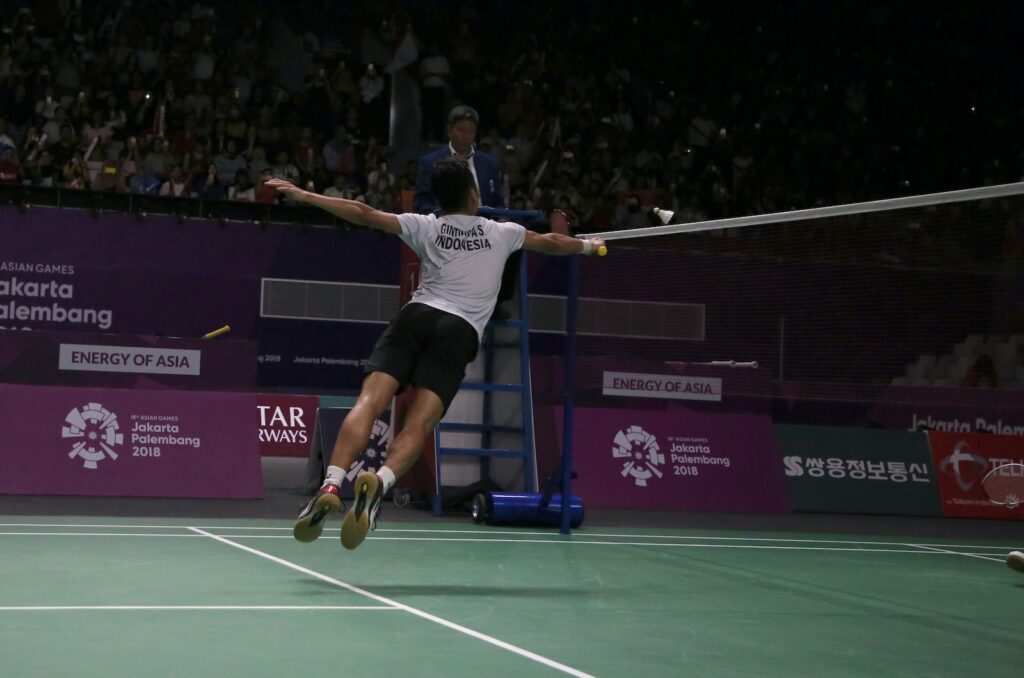
For winning in Badminton singles one can use powerful deception shots to win the point Below are some deception shots one can use. 1) Using deception in the rear court–
- Deceptive drop shots-Drop shots are your main option for deceptive rear court shots. Try to make your preparation look the same as for a smash or clear. Ideally, you would adopt a side-on position, ready to play a full-power smash. Your initial arm movement should also be fast enough to maintain this illusion ( although you will need to slow it down at the end). Use slice and reverse slice to take the pace off your drops and change their direction. On the forehand, a slice is mainly used for cross-court and a reverse slice for the straight angle.
- Body or arm deception- When attempting to deceive your opponent about drop shot angles, you can use either your body angle or your arm swing( or both). A typical example of using your arm swing is the forehand straight drop: from the same position, you can make a cross-court arm swing while using a reverse slice to redirect the shuttle straight.
- Deceptive Clears- 1) Fake a smash( perhaps by exaggerating your side-on preparation). 2)Fake a drop shot by slowing down the swing. Make it obvious. 3)Play an attacking clear(a punch clear ),using a short hitting action.
- Deceptive smashes-Smashes aren’t your most effective option for a deceptive shot, but you can use slice to change the angle and slow down the smash so that it lands farther in front of your opponent than he is expecting.
2) Using deception in the forecourt-Fourcourt deception usually involves faking a soft shot before playing a more powerful one, but occasionally this is reversed.
- Deceptive lifts -With all of these deceptions, the lift should be played flat. Besides requiring less power, playing the lift flat deprives your opponent of time, thereby making your deception much more damaging.
- Hold and flick– The basic idea is to play your lifts with a very short hitting action. Your preparation should look the same as a net shot, and you should hold this posture as long as you can. Try to delay your flick until the last possible moment, when your opponent has already started moving the net.
- Reversing the deception-Angle your racket to play a cross-court net shot, but then roll your arm under the shuttle so that you play a straight spinning net shot instead. Once you have established this deception, you can reverse it again by playing a simple cross-court net shot. Remember nothing is inherently deceptive! It depends on what your opponent is expecting.
- Deceptive net shots – There are several ways of doing variations for deceiving your opponent about the direction of your net shots. The most common variations involve faking a straight net shot before playing cross-court, but this deception can be reversed.
- The basic cross-court deception-Fake a straight net shot, and then drop your arm at the last moment, rotating your arm so that your racket head turns to face cross-court. With this deception you are trying to play the shuttle at the highest possible point: your elbow and hand drop, but your racket head stays at the same height.
